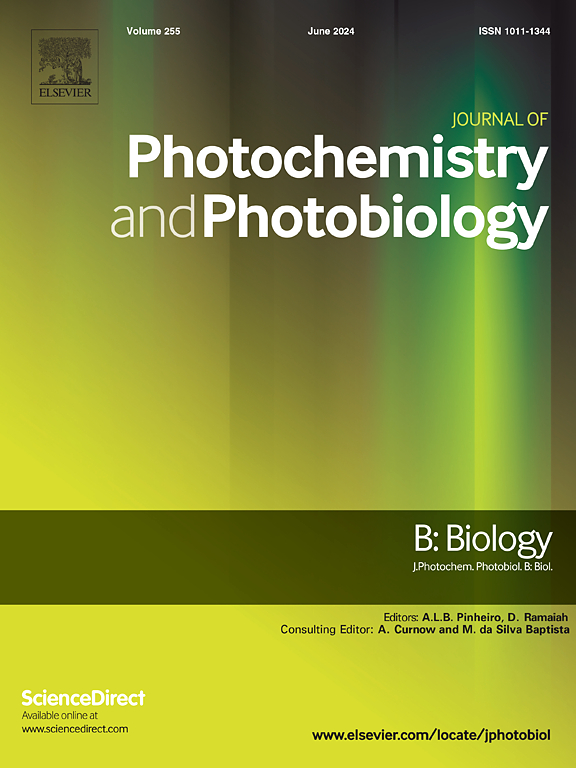Natural variation in photosynthetic electron transport of wheat flag leaves in response to dark-induced senescence
Abstract
Early leaf senescence affects photosynthetic efficiency and limits growth during the late production stage of winter wheat (Triticum aestivum). Natural variation in photosystem response to senescence represents a valuable resource for improving the aging traits of flag leaves. To explore the natural variation of different phases of photosynthetic electron transport in modern wheat cultivars during senescence, we exposed the flag leaves of 32 wheat cultivars to dark conditions to induce senescence process, and simultaneously measured prompt fluorescence and modulated 820 nm reflection. The results showed that the chlorophyll content, activity of PSII donor side, PSI and electron transfer between PSII and PSI were all decreased during dark-induced senescence, but they showed different sensitivity to dark-induced senescence. Furthermore, natural variation in photosynthetic parameters among the 32 wheat cultivars were also observed and showed by variation coefficient of the different parameters. We observed that PSII and PSI activity showed less sensitivity to dark-induced senescence than electron transfer between them, while PSII and PSI activity exhibit greater natural variation than electron transport between PSII and PSI. It suggests that Cytb6f might degrade faster and have less variation than PSII and PSI during dark-induced senescence.

 求助内容:
求助内容: 应助结果提醒方式:
应助结果提醒方式:


